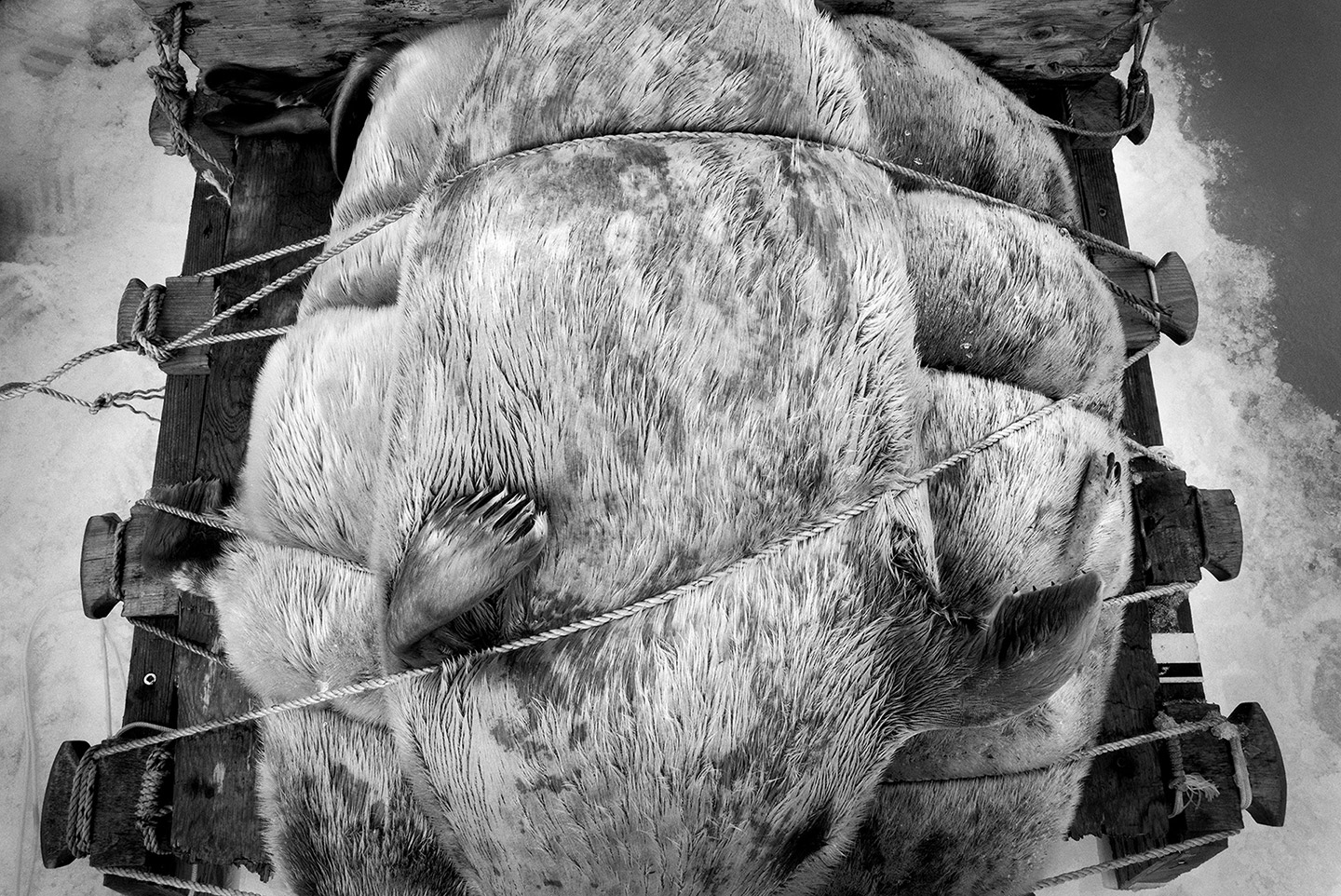Yoanis Menge
in Paspébiac
EXHIBIT
HUNT TALLY
Centre culturel de Paspébiac | 7 Boulevard Gérard-D.-Levesque Est | Paspébiac
Schedule: Monday from 8:30 a.m. to noon and from 1:00 p.m. to 4:30 p.m.; Tuesday to Friday from 8:30 a.m. to 5:00 p.m.
See Google Map
Yoanis Menge, Magdalen Islands, Québec | yoanis.squarespace.com | kahemimages.photoshelter.com
Born in 1981, Yoanis Menge works and lives with his family in the Magdalen Islands. Of dual nationality (Swiss and Canadian), he studied photography at CÉGEP de Matane.
In 2002 he did his first photojournalism project on prostitution in El Salvador. Later he continued his training with the Magnum Photos agency in Paris for four years as an assistant to photographers Josef Koudelka and Bruno Barbey.
The artistic practice of Yoanis Menge is anchored in a documentary approach that stems from his photojournalism work. His series of images address different aspects of the geographic and social landscape of the places he visits or lives in. They deal with local issues that affect specific communities. Among those series may be mentioned Le déclin de la pêche à la morue (The Decline of Cod Fishing; Newfoundland), Transgenres (Transgenders; Paris), Mali, pays-visages (Mali, Faces of the Country; Mali), Populations déplacées (Displaced Populations; North Kivu Province, Democratic Republic of Congo), Mémoires insulaires (Island Memories; Magdalen Islands), 132 (Gesgapegiag, the Gaspé) and Tableaux de chasse (Hunt Tally; Magdalen Islands, Newfoundland and Nunavut).
Yoanis Menge belongs to the Québec photographer collective KAHEM, which promotes an exchange of ideas and reflection on the practice of documentary photography. Members of the group explore the varied forms, both classical and contemporary, of documentary photography, and focus on group or individual projects that feature the photographer’s viewpoint.
EXHIBIT AT RENCONTRES
HUNT TALLY
“Sensitive to the topicality of a controversial topic that encompasses cultural, economic, political and esthetic issues, I’ve been working since March 2012 on developing a body of photographs devoted to seal hunting. My project aims both to document the very nature of this traditional activity, rooted in the history of maritime communities and those of northern Canada, and to reflect on it.
“To carry out such a project and to become part of a team of hunters, I first had to persuade them to take me with them. I went through the training provided by Fisheries and Oceans Canada that I needed to get the seal hunting permit. I had to become a hunter myself, because no boat will take a useless passenger on board. Thus, over three years, on more than 20 trips, I’ve accompanied hunting squads on the ice of the Magdalen Islands, Newfoundland and Nunavut.
“I photograph the seal hunt in black and white. Dispensing with colors. I look to neutralize the sensational effect created by the site of red blood on white snow. My focus instead is on the representation of the act and the symbolic value of the ritual in order to underscore the nobility of a normal activity with a long tradition behind it.
“I explore a psychological and esthetic distancing process wherein the principle of decoloration offers the eye the opportunity of lingering longer over the composition of the image, over its lines, its contrasts and its light. And thus are joined together the sensitivity of the subject, the strength of the graphic composition and the distance created by the black-and-white treatment.
“I look for atmospheres that are intangible, mysterious or quasi-surreal. I present pictures that lend themselves to a number of interpretations, with the double intention of reproducing the elements of reality as it exists and of going beyond it to give the spectator something else to see and to consider.
“Beyond the exhibit, the publication of a book strikes me as essential to ensure the long-term success, the transmission of a knowledge as it concerns both the current generations and those to come. This Hunt Tally, through the preferred approach, human and poetic, offers a fresh look at a ritual still poorly understood and above all misperceived and resented.”
Yoanis Menge



